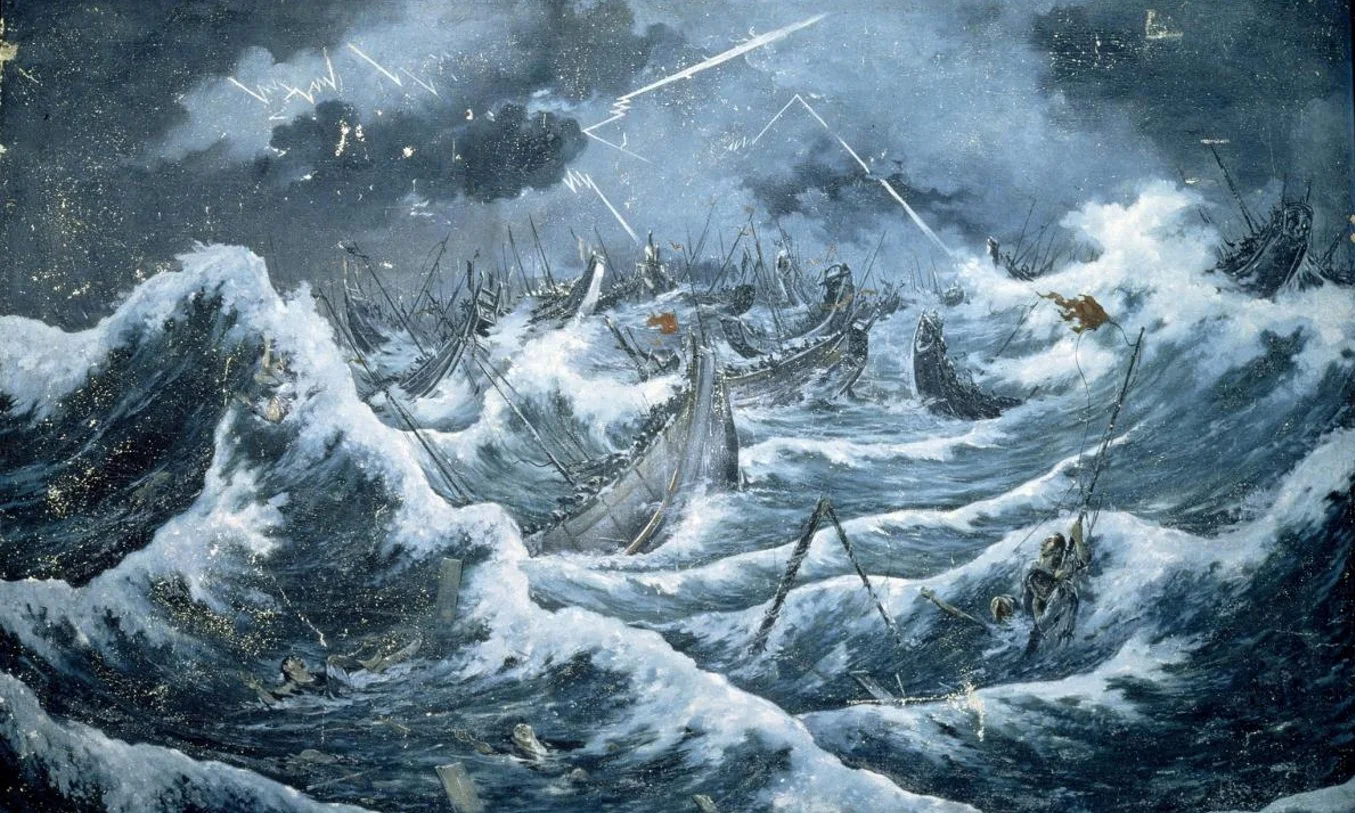
The real miracle of miracles is that anyone ever believes them. By definition a miracle is something which allegedly happened but for which there can be no scientific explanation. The problem with that definition is that it is self-defeating. If there can be no scientific explanation there can be no scientific evidence for it.
An almost identical problem exists for very many Christian saints, all of whom are claimed to have performed miracles either before or after death. Most of them also contrived to die in miraculous ways, often in ways which provided a plentiful supply of body parts with which to consecrate future cathedrals and to channel the prayers of the faith to God, Jesus or Mary via the saint's Heavenly remains.
In many cases however, the miracle of saints is that people believe such unlikely tales in the first place, but this was never a problem for the Medieval Christian church because truth could be determined by fiat and what the church said had the sanction of God so became unquestionable truth. The legend behind Santiago (early Spanish form of the Latin
Sanctus Iacobus (James)) and the pilgrim routes to his shrine at Santiago de Compostela in Galicia, Spain, simply beggars belief. There is not a single shred of evidence that any of it is true; not a single document, eyewitness testimony, inscription or written reference or even allusion to it in any contemporaneous record. The legend only appears to have emerged in about 800 CE.




















